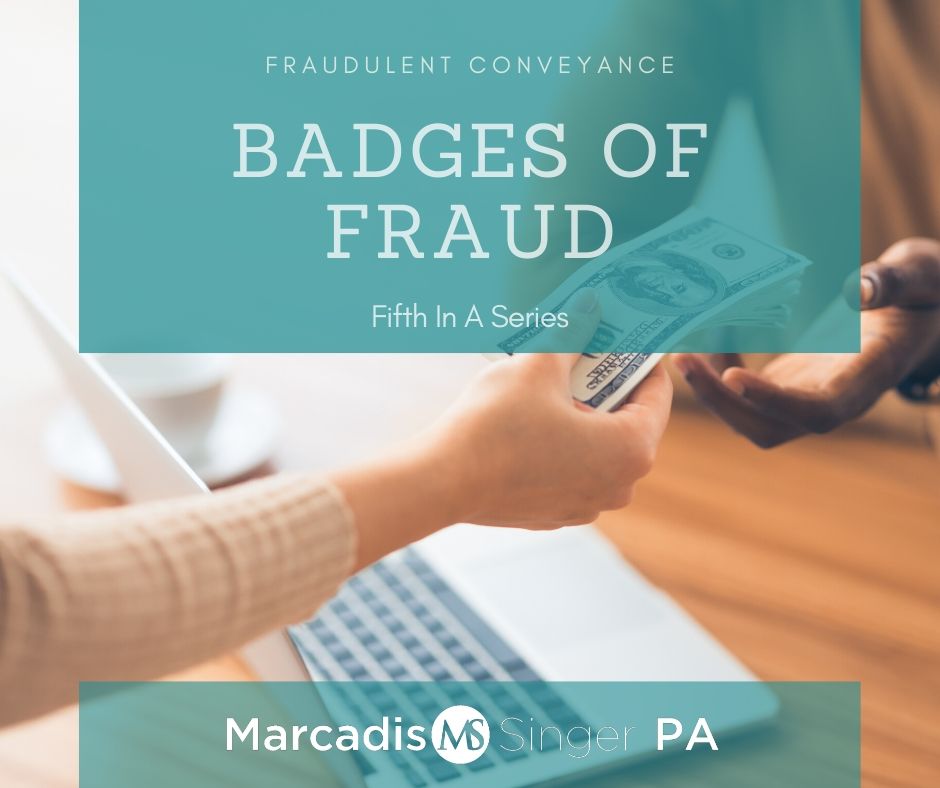
In addition, the statute of limitations might not be waivable under the UFTA. These changes bring New York’s law more in line with the majority of other states and closer to the look back periods in the Bankruptcy Code.

Likewise, where under the old regime a creditor is allowed two years to bring a claim from discovery of actual fraud, the UVTA limits this time period to one year. Under the UVTA, a creditor has only four years to bring a claim to avoid a constructive transfer. Under the UFCA, New York has the longest “look back period” of all states: six years on a constructive fraudulent conveyance. Perhaps the most significant change is the shortening of the time periods enumerated in the statute of limitations provisions. Statute of Limitations Shortened to Four Years from Six and from Two Years to One For simplicity sake however, this client alert will simply refer to “transfers” with respect to the UVTA.
FRAUDULENT CONVEYANCE STATUTE OF LIMITATIONS CODE
“Transfer” is the term used in the Bankruptcy Code and in the intermediate model act-the Uniform Fraudulent Transfer Act-that dates to 1984 (the “UFTA”). Fraudulent conveyances essentially come in two forms: “actual” fraud, where a debtor conveys its property to hinder, delay or defraud creditors and “constructive” fraud, where an insolvent debtor conveys its property for less than “fair consideration.” The use of the misnomer “fraud” carried the unfortunate stigma that a recipient sued on a constructive fraudulent conveyance superficially appeared to have been accused of fraud even though no fraud was involved, or was sued on actual fraudulent conveyance where the debtor and not the recipient was the one who was accused of fraud.Īlso absent from the title is the word “conveyance.” Now we have “transaction.” A transaction can be comprised of “obligations” incurred as well as “transfers.” The new “obligations” incurred provision helps clarify that the creation of debt is subject to avoidance to the same extent as the transfer of property. Until now, the term was a misnomer in many cases. To begin with, the term “fraudulent” is no longer present in the statute’s title. Its sweeping changes-which include a shortening of the statute of limitations, the creation of state insider preference actions, and the enlargement of attorneys fee claims-will significantly impact parties affected by this corner of the law. However, on December 6, 2019, Governor Cuomo signed legislation that essentially adopts the latest model act, effective for transfers occurring on or after April 4, 2020.

Until now, New York’s legislature politely ignored these model acts. Since the initial 1925 legislation, commissions have twice adopted model acts meant for states to supersede the UFCA-most recently in 2014.

At its core, New York’s UFCA is a remedy that allows a creditor to unwind or “claw back” conveyances made by the debtor to third party recipients that unfairly undermine the creditor’s ability to recover on its claim. Derived from the Uniform Fraudulent Conveyance Act of 1918, New York’s debtor-creditor statutes (the “UFCA”) date to 1925.


 0 kommentar(er)
0 kommentar(er)
